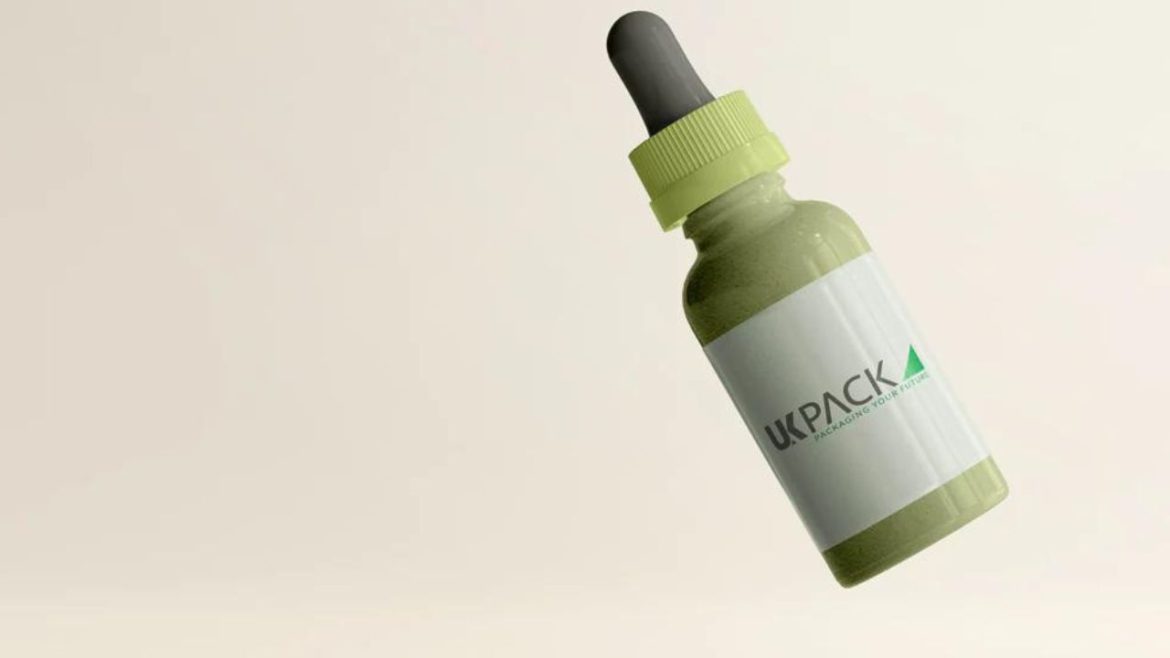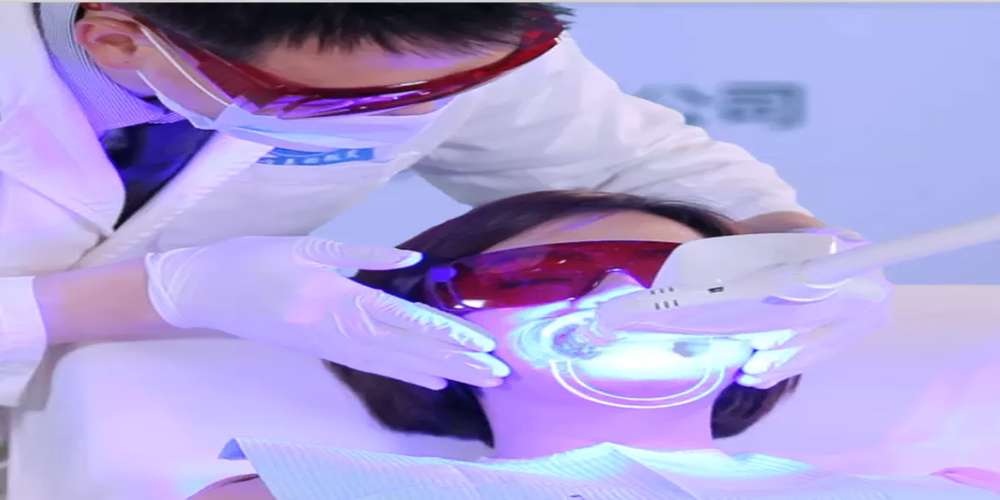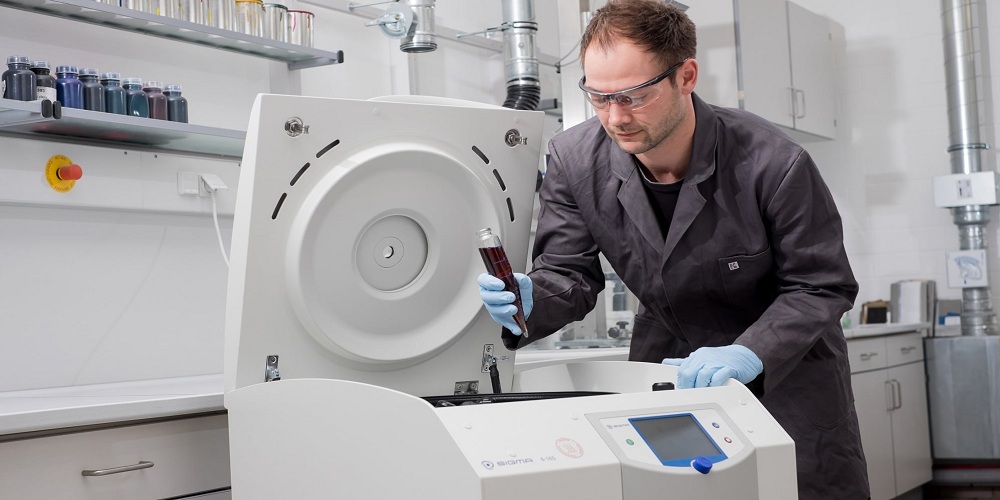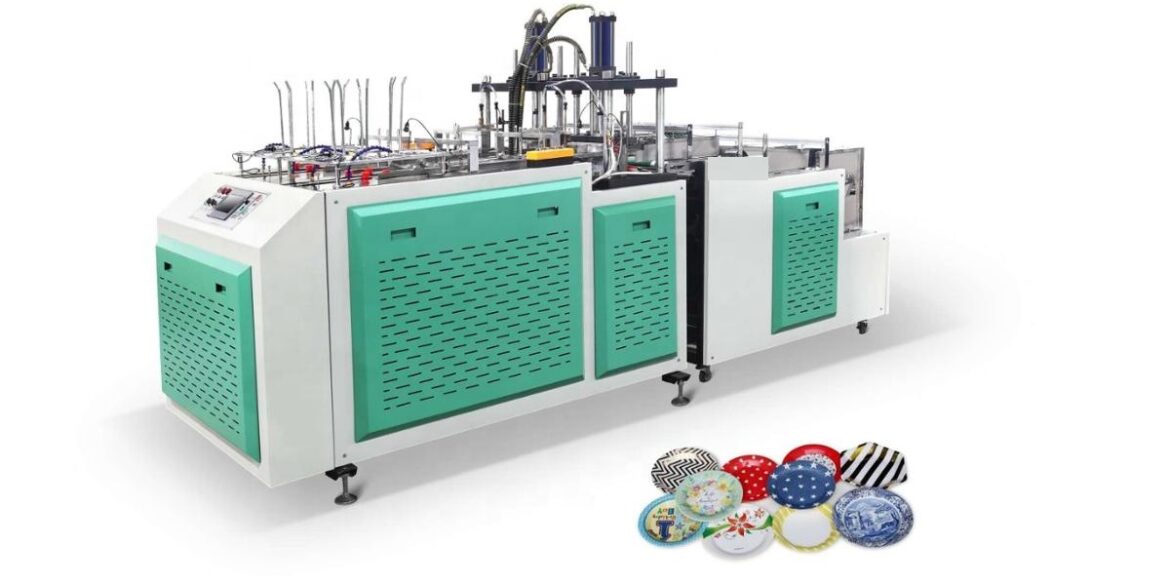The attractiveness of the cosmetic industry is in the packaging provided. Nowadays, in the industrial world where the competition is intense, consumer perceptions and product integrity should be comprehended and maintained. In this realization, UKPACK, a cosmetic packaging manufacturer, has established its brand on providing high-quality cosmetic packaging that meets global standards.
Strict Selection of Raw Materials
At UKPACK, the excellence starts way before the production line is launched. People working in the industry make sure that every consignment of material is carefully checked to ensure that it is strong, durable, and safe. This ensures that all components used in the production process are in line with international quality and environmental standards, such as ISO 9001 and BRCGS.
UKPACK ensures that there is consistency in color, texture, and performance of production batches by ensuring that there is strict material traceability. Such control reduces the number of defects and increases the general reliability of the packaging.
State-of-the-art Production Methods
UKPACK has modern manufacturing plants that have advanced technologies such as injection molding, extrusion blow molding, and injection blow molding. These high-technology techniques enable accuracy and effectiveness in designing complicated packaging patterns.
The production lines are controlled by skilled engineers who observe the parameters like temperature, pressure, and cycle time to maintain dimensional accuracy. Automation also minimizes the chances of human error, and the in-process checks that are carried out continuously ensure consistency during the production stage.
The company also uses color-matching technology and automated dispensing systems to ensure the consistency of shade and design replication, which is critical in brands that require a perfect visual identity throughout their packaging lines.
Quality Control
UKPACK does not restrict quality control to the end of production. Rather, it is incorporated in all the steps of the process. The inspections are done at the critical points in-process, and any variation that arises against the specifications is detected and rectified at the earliest stage.
In the manufacturing process, the inspectors test the wall thickness, the tightness of the cap, and the performance of the sealing to ensure that every part of the packaging is functioning as expected. Airless bottles and jars are tested on air tightness to ensure that the bottles and jars dispense and protect the product. Likewise, stress and drop tests are used to replicate the actual handling conditions in the real world to ensure the packaging is durable and safe.
UKPACK reduces variations and waste, and only perfect components pass to the next production phase through statistical quality control techniques and automated detection systems.
General Decoration and Finishing Inspection
Cosmetic packaging requires decoration and finishing as these elements directly affect the visual appeal of a brand. UKPACK uses sophisticated methods, including silk-screen printing, hot stamping, UV coating, and soft-touch finishes, to add aesthetic value.
Every piece that is decorated is carefully checked to make sure that it is precise and aligned. The company has both manual and automated verification systems to verify the accuracy of prints, color stability, and adhesion strength. This detailing also makes sure that all the design features, such as logos to gradient finishes, are brand-compliant and provide a high-quality appearance and feel.
Final Product Testing and Certification
A series of final quality assurance tests is done on the packaging before it is given the go-ahead to be shipped. These involve compatibility tests with various product formulations like creams, serums, and oils to make sure that no chemical reactions take place between the formula and the packaging material.
UKPACK also adheres to the international standards and certifications, such as ISO 14001, ISO 45001, and SMETA social audit requirements. The inspection reports, traceability records, and regulatory documents are provided with every finished product to assure the clients.
Ongoing Improvement and Innovation
Individuals operating in the UKPACK are aware that they perceive quality assurance to be a process and not a fixed procedure. The company also undertakes regular employee training, new plant and machinery, as well as digital monitoring to enhance manufacturing efficiency. Client and international partner feedback is reviewed to determine areas of improvement and lead to innovation.
Also, UKPACK incorporates the concept of sustainable manufacturing into its quality management system. It is committed to quality and environmental responsibility, and by using environmentally friendly materials and minimizing production waste, it is guaranteed that both go hand in hand.
Conclusion
Since the beginning of the sourcing of materials to the final delivery, the entire quality control system at UKPACK is a manifestation of its undeterred dedication to accuracy, performance, and perfection. Each stage of the process is aimed at surpassing the expectations of the clients and maintaining the global image of the brand as a reliable one. People know that the UKPACK guarantees that every cosmetic packaging product not only preserves but also enhances the beauty brand it symbolizes. This commitment has helped UKPACK to remain the benchmark of excellence in cosmetic packaging across the globe.





